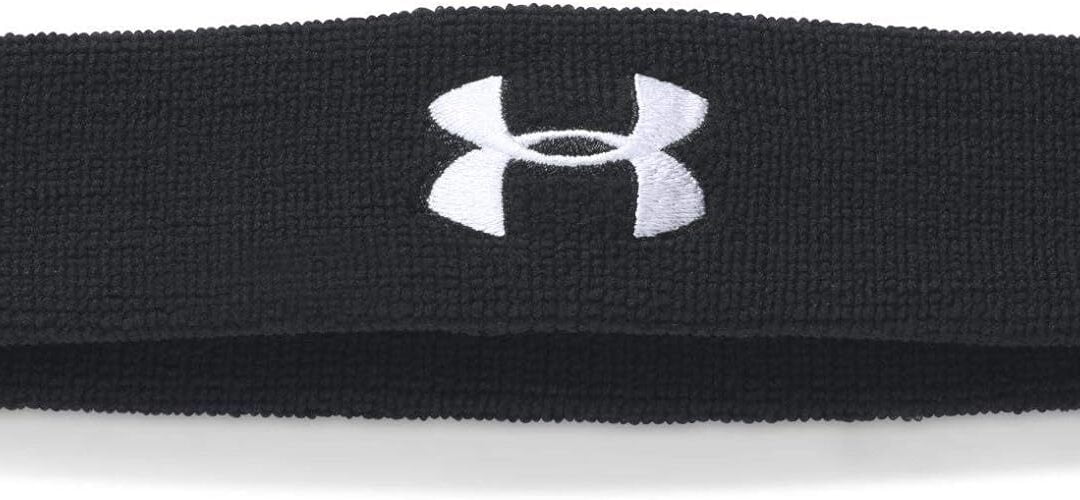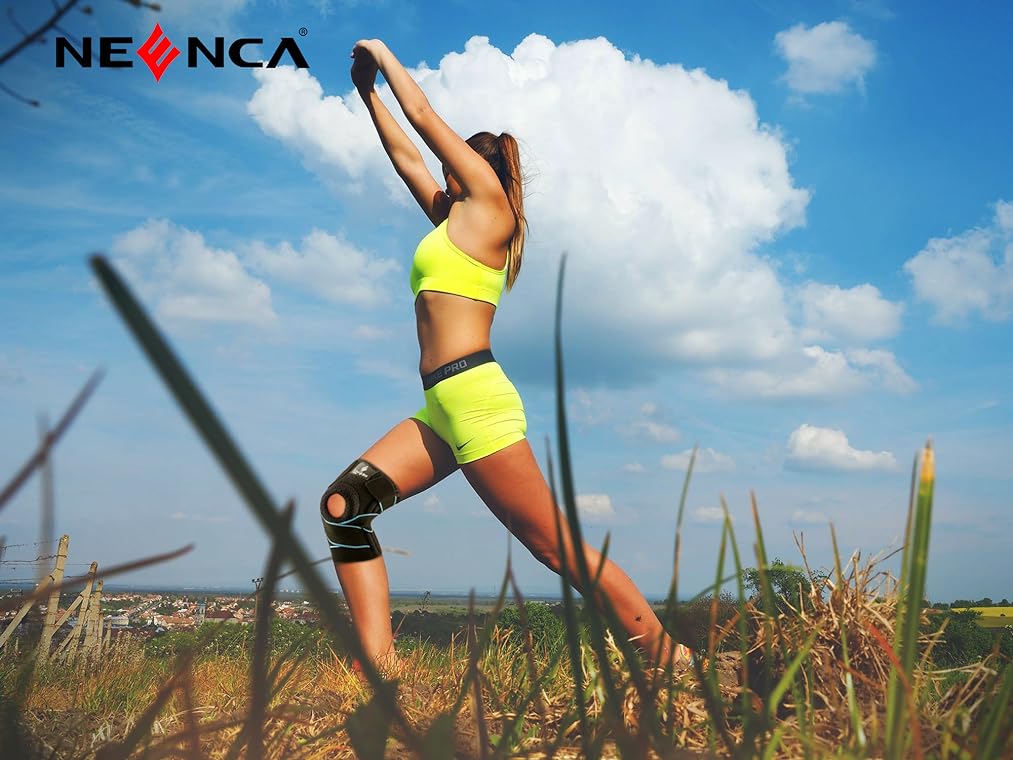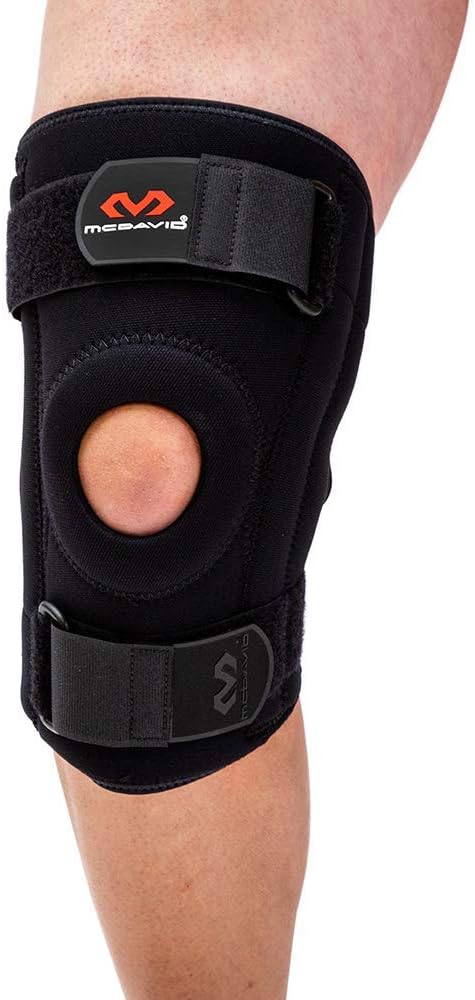Discover the benefits of sweatbands for your fitness routine. Enhance your performance and stay comfortable with these stylish and functional accessories.


A hinged knee brace is a specialized orthopedic device designed to provide support, stability, and protection to the knee joint. It is commonly used by athletes, individuals recovering from knee injuries or surgeries, and those with chronic knee conditions. In this comprehensive guide, we will explore the benefits, types, and considerations of using a hinged knee brace.
A hinged knee brace offers several benefits to individuals with knee issues. Here are some of the key advantages:
A hinged knee brace provides enhanced stability and support to the knee joint. It helps reduce excessive movement and prevents the knee from going into positions that may cause further injury or discomfort. The hinged design allows controlled flexion and extension of the knee, providing stability during various activities.
Wearing a hinged knee brace can help prevent knee injuries, especially during high-impact sports or activities that involve repetitive knee movements. The brace acts as a protective barrier, absorbing and dispersing the forces that can cause injury to the knee joint.
A hinged knee brace can help alleviate pain and discomfort associated with knee conditions such as arthritis, ligament sprains, or patellar tracking disorder. It provides compression and support to the affected area, reducing pain and promoting healing.
Individuals who have undergone knee surgery, such as ACL reconstruction or meniscus repair, can benefit from using a knee brace during the rehabilitation process. The brace provides stability and support, allowing controlled movement and protecting the healing tissues.

There are various types of hinged knee braces available, each designed to meet specific needs and requirements. Here are some common types:
A wraparound hinged knee brace is a versatile option that provides adjustable compression and support. It typically features straps or Velcro closures, allowing for a customized fit. This type of brace is suitable for mild to moderate knee injuries or conditions.
A neoprene hinged knee brace is made from a synthetic rubber material that provides warmth, compression, and support to the knee joint. It is commonly used for arthritis, ligament sprains, and general knee stability. Neoprene braces are durable and moisture-wicking, making them suitable for athletes.
A dual hinged knee brace features hinges on both sides of the knee joint, providing enhanced stability and support. This type of brace is often recommended for individuals with moderate to severe knee instability or those recovering from ligament injuries or surgeries.
A posterior hinged knee brace has hinges located at the back of the knee joint. It offers excellent stability for individuals with posterior cruciate ligament (PCL) injuries or surgeries. The brace limits posterior translation of the tibia, preventing further damage to the PCL.
An ACL hinged knee brace is specifically designed to protect and support the anterior cruciate ligament (ACL). It features hinges that restrict excessive anterior movement of the tibia, reducing the risk of ACL injuries or instability.
When selecting a hinged knee brace, it is essential to consider the following factors:
Choose a hinged knee brace that fits properly and provides a snug yet comfortable fit. Measure your knee circumference and refer to the manufacturer’s sizing chart to determine the appropriate size. A brace that is too tight may restrict circulation, while a loose brace may not provide adequate support.
Consider the level of support required based on your specific condition or injury. Mild to moderate knee issues may only require a basic hinged knee brace, while severe instability or post-surgery rehabilitation may necessitate a brace with additional support features.
Assess your desired level of flexibility and range of motion. Some hinged knee braces offer adjustable hinges or flexion/extension stops, allowing you to control the degree of movement. This feature is beneficial during the rehabilitation process or when gradually returning to sports or physical activities.
Consider the materials used in the brace construction to ensure comfort and breathability. Look for braces with moisture-wicking properties, such as neoprene or breathable fabrics, to prevent excessive sweating and skin irritation.
Choose a hinged knee brace that is easy to put on and take off, especially if you plan to wear it during sports or activities. Adjustable straps, Velcro closures, or quick-release buckles can simplify the application process and ensure a secure fit.
Check the durability of the knee brace, especially if you intend to use it regularly or for intense physical activities. Look for braces with reinforced stitching, sturdy hinges, and materials that can withstand wear and tear. Additionally, consider the ease of cleaning and maintenance.

– Provides stability and support to the knee joint
– Helps prevent knee injuries during sports and physical activities
– Alleviates pain and discomfort associated with knee conditions
– Aids in the rehabilitation process after knee surgery
– Adjustable hinges allow for controlled movement and flexibility
– Offers customizable fit with various sizing options and strap adjustments
– Durable and long-lasting for regular and intense use
– Moisture-wicking materials prevent excessive sweating and skin irritation
– Easy to put on and take off with adjustable straps or closures
– Can be used by athletes, individuals with chronic knee conditions, and those recovering from injuries or surgeries
– May restrict some range of motion compared to non-braced knee
– Can be bulky or uncomfortable for extended periods of wear
– Some individuals may find it challenging to find the right fit or adjustment
– Certain activities or sports may require a specific type of knee brace for optimal support
– Not a substitute for proper rehabilitation or medical treatment
– May be expensive compared to simpler knee brace options
“I’ve been using a hinged knee brace for my ACL recovery, and it has been a game-changer. It provides excellent support and stability, allowing me to gradually get back to running and playing sports.” – Sarah H.
“I suffer from chronic knee pain due to arthritis, and wearing a hinged knee brace has made a significant difference in my daily activities. The brace offers enough compression and support to alleviate my pain and discomfort.” – John D.
“The hinged knee brace I purchased is well-made and durable. I’ve been using it for intense workouts and sports, and it has held up great. The adjustable hinges allow me to control my range of motion, making it perfect for my needs.” – Mike T.

1. How do I determine the correct size for a knee brace?
To determine the correct size, measure the circumference of your knee and refer to the manufacturer’s sizing chart. It’s important to choose a brace that provides a snug yet comfortable fit.
2. Can I wear a knee brace while playing sports?
Yes, hinged knee braces are commonly worn during sports to provide stability and support to the knee joint and reduce the risk of injuries. It’s crucial to choose a brace specifically designed for the sport or activity you will be participating in.
3. Can a hinged knee brace be worn on either knee?
Yes, most hinged knee braces can be worn on either knee. However, there are some braces that are specifically designed for the left or right knee, so it’s essential to check the product specifications.
4. How long should I wear a knee brace?
The duration of wearing a knee brace varies depending on the individual’s condition and the advice of a healthcare professional. Some people may need to wear the brace for a few weeks or months, while others may wear it during specific activities or periods of increased risk.
5. Can a hinged knee brace be worn over clothing?
Yes, knee braces can be worn over clothing. However, it’s important to ensure that the brace is properly fitted and not too tight or restrictive.

In conclusion, a hinged knee brace is a valuable tool for individuals with knee injuries, chronic knee conditions, or those recovering from knee surgeries. It provides stability, support, and protection to the knee joint, allowing for improved function and pain relief. When choosing a knee brace, it’s important to consider factors such as size, level of support, flexibility, comfort, and durability to ensure the best fit and optimal benefits. Consulting with a healthcare professional or orthopedic specialist can help determine the most suitable hinged knee brace for individual needs.
A hinged knee brace is a valuable tool for individuals with knee injuries, chronic knee conditions, or those recovering from knee surgeries. It provides stability, support, and protection to the knee joint, allowing for improved function and pain relief. When choosing a knee brace, consider factors such as size, level of support, flexibility, comfort, and durability to ensure the best fit and optimal benefits. Consult with a healthcare professional or orthopedic specialist to determine the most suitable hinged knee brace for your specific needs.
A hinged knee brace is a valuable tool for individuals with knee injuries, chronic knee conditions, or those recovering from knee surgeries. It provides stability, support, and protection to the knee joint, allowing for improved function and pain relief. When choosing a hinged brace, consider factors such as size, level of support, flexibility, comfort, and durability to ensure the best fit and optimal benefits. Consult with a healthcare professional or orthopedic specialist to determine the most suitable knee brace for your specific needs.